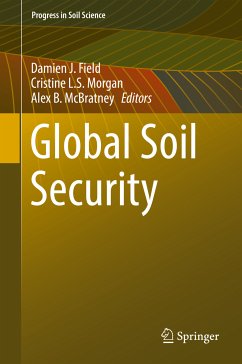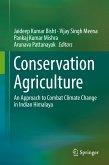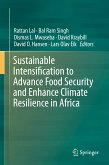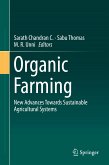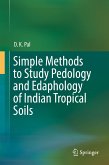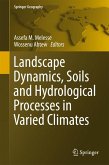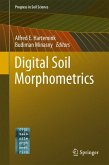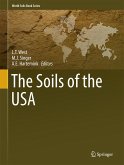This book introduces the concept of soil security and its five dimensions: Capability, Capital, Condition, Connectivity and Codification. These five dimensions make it possible to understand soil's role in delivering ecosystem services and to quantify soil resource by measuring, mapping, modeling and managing it. Each dimension refers to a specific aspect: contribution to global challenges (Capability), value of the soil (Capital), current state of the soil (Condition), how people are connected to the soil (Connectivity) and development of good policy (Codification). This book considers soil security as an integral part of meeting the ongoing challenge to maintain human health and secure our planet's sustainability. The concept of soil security helps to achieve the need to maintain and improve the world's soil for the purpose of producing food, fiber and freshwater, and contributing to energy and climate sustainability. At the same time it helps to maintain biodiversity and protects ecosystem goods and services.
Dieser Download kann aus rechtlichen Gründen nur mit Rechnungsadresse in A, B, BG, CY, CZ, D, DK, EW, E, FIN, F, GR, HR, H, IRL, I, LT, L, LR, M, NL, PL, P, R, S, SLO, SK ausgeliefert werden.

